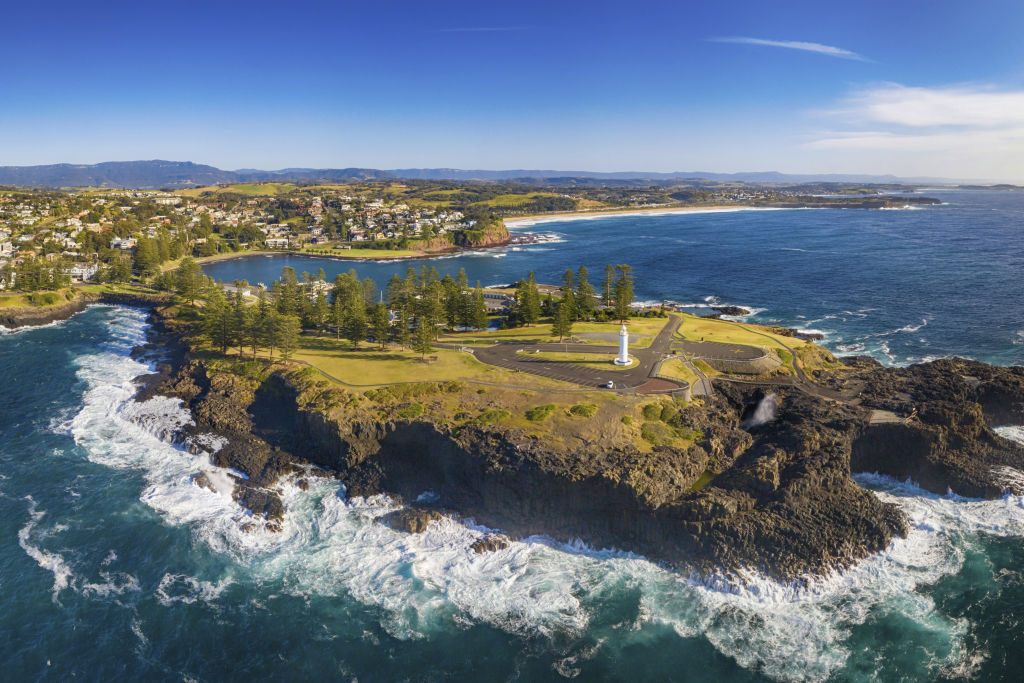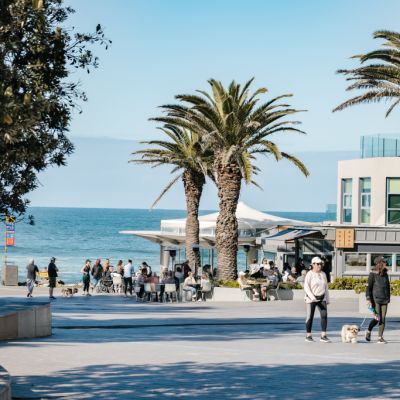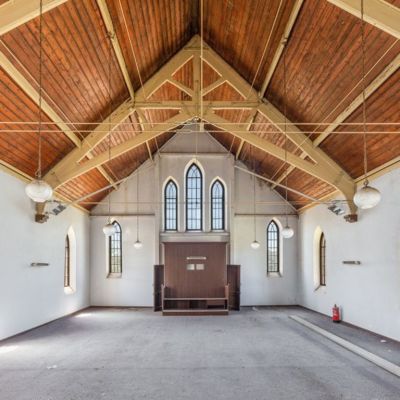What investors need to know before banking on the 'Zoom-changer' market

There’s something very attractive about the idea of moving out of the cities to somewhere close enough to work remotely and nip back for an occasional meeting.
And investors are increasingly tapping into this flow of Zoom-changers. In some ways, it looks like a sure-fire bet, particularly for capital growth.
For instance, the median house price in Kiama – 100 minutes south of Sydney – has leapt 44.1 per cent over the past year on Domain figures.
In Hepburn – 90 minutes out of Melbourne – 42.7 per cent, and in Noosa – an hour 50 from Brisbane – 24.4 per cent.

“Those places have seen a lot of price growth, and there’s still the opportunity of more to come,” says Brodie Haupt, chief executive and co-founder of digital lending and payments provider WLTH.
“South-east Queensland is especially likely to see a lot more growth after dodging the worst of COVID-19, and they’re seeing a big influx of Victorians who are nervous about more lockdowns.
“But you still have to be careful to do all the right checks. You should research the area you’re planning to invest in, have the property reports done, talk to the conveyancer, look at the body corporate records and make sure you’re structuring the loan as wisely as you can.”
In addition, changes in interest rates – eventually – and macro-prudential tightening for investors could well affect areas outside cities more than they would inside the cities themselves.
“It looks like a good idea to follow the population flows because that’s where the demand is,” says Dr Alex Joiner, chief economist of IFM Investors.
“But those kinds of areas can be more cyclical and volatile, with the holiday home market often being quite boom and bust.
“When there’s no demand in those places, there really is no demand, and then capital values can fall, and there’s a shortage of tenants. Also, it sounds a nice idea to a lot of people to go outside the cities to live, but it remains to be seen how well it will work out for most.”
With property prices still usually far below those in capital cities, once you’ve gone beyond the outskirts, they certainly do look attractive for investors.

If it’s possible to charge a good rent, then yields could be much better, too.
“You do have to keep your eyes open, though,” warns buyers’ agent Rich Harvey, chief executive of Propertybuyer.
“Now, vacancy rates may be under 1 per cent in many of these ‘hot’ areas, but that mightn’t always be the case.
“In the Upper Hunter, when the coal market was down, there was a very high vacancy rate, and prices slumped. When it went up, it was hot-to-trot again. So, you have to make sure there are employment opportunities in the place you’re buying in. Remote working might not be possible for, or suit, everyone.”
Another significant issue is that while the pandemic has precipitated these dramatic population flows, how permanent will they prove to be?
The end of the pandemic could well see people moving back to the cities again.
“There’s no guaranteed pull either way,” says Harvey.
“No one really yet knows.”
We recommend
We thought you might like
States
Capital Cities
Capital Cities - Rentals
Popular Areas
Allhomes
More










